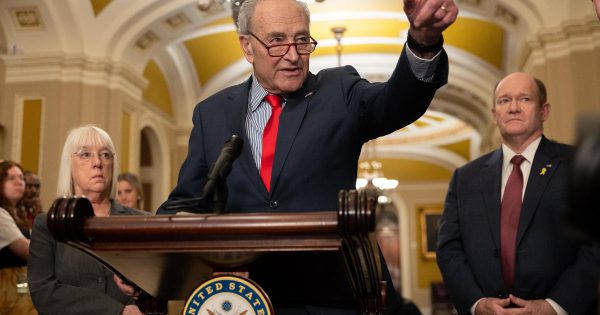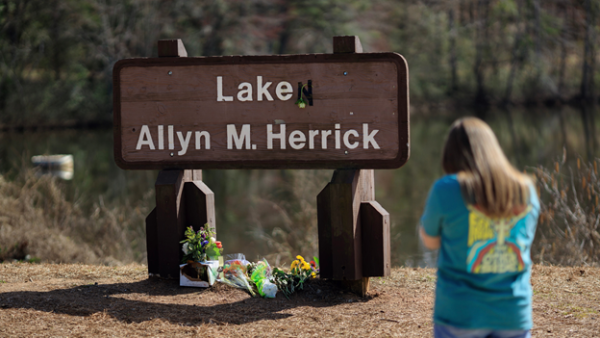Solar Eclipse: The Century’s Phenomenon

On Monday, August 21, 2017, all of North America –plus parts of South America, Africa, and Europe– experienced a solar eclipse. But, why is this such a big deal? This year’s solar eclipse was the first to travel coast to coast in nearly a century, and this phenomenon was one of the few times it was visible from North America, the last time being in 1979. Anyone within the path of totality witnessed one of nature’s most astonishing events: a state of utter darkness, at least for the average eight seconds. For those of you who don’t know what totality means, it occurs when the moon completely covers the disk of the sun. So when you look up at the sky, only the sun’s corona is visible, yet your surroundings become pitch-black. This path of totality stretched seventy miles wide and weaved its way through a lucky fourteen states; it started in Lincoln Beach, Oregon at 10:16 a.m. PDT and ended within an hour and a half in Charleston, South Carolina at 2:48 p.m. EDT. Even if you don’t live within this path, you were still able to observe a partial solar eclipse, which is when the moon covers only a portion of the sun. By 4:09 p.m. EDT, however, the lunar shadow had left the United States.
I was not one of the insanely lucky observers who lived in this path of totality, or had the privilege of traveling to a city within it. But, I did have a viewing party/picnic at East Cobb Park with friends, and it was definitely an event worth spending some time outdoors for. The biggest concern for everyone, as you’ve probably heard on the news, was finding the proper protection to look at the eclipse in. You never want to look directly at the sun until it reaches totality. Even that could severely hurt your eyes, resulting in blind spots or altered color vision. However, there are many ways to safely view a solar eclipse if you’re willing to improvise or spend over your budget. The eyewear you use must have some type of filtering device. The legitimate ISO glasses which people had been ordering weeks, and even months in advance, were NASA-approved and had a long serial number on it. You might’ve heard about the huge controversy surrounding it, because people were ordering them and spending a crazy amount of money, only to find out that they were fake and companies were having a mass recall.
For those of you who were content with an indirect viewing, you could poke a hole in a cereal box or piece of paper to project an image of the sun onto another surface. Both methods should produce clear images of the partial phases of an eclipse.
As per records go, the longest period of totality for this eclipse was in Carbondale, Illinois, lasting a whopping two minutes and forty seconds! If you didn’t step out this year to view the eclipse, or are just a die-hard astronomy fan aiming to experience totality, mark your calendars for April 8, 2024.

Disha Sharma is currently a senior enrolled in the prestigious STEAM program at Joseph Wheeler High School. She is an outgoing and hardworking student...

Neel Kulkarni is a senior at Wheeler High School. He is involved in many after school activities such as Wheeler soccer, National English Honor Society,...






